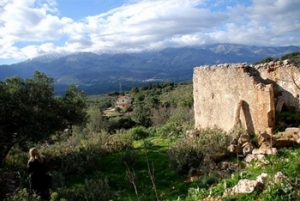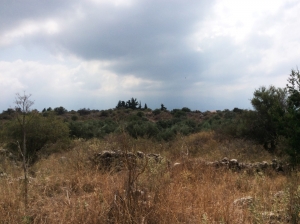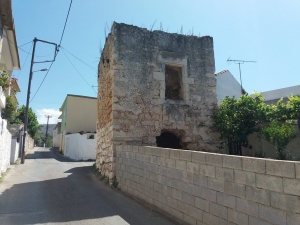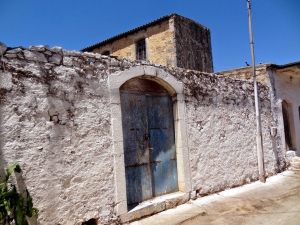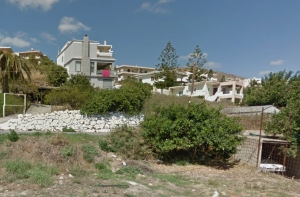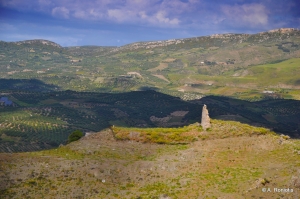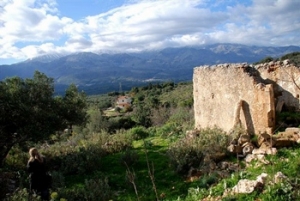In Kaina village of Apokoronas Province lived a tremendous janissary named Mehmet Aga Genitsaris. He came in Crete from Tunis in Tunisia and was a descendant of Ali, a commander of the Turkish army that arrived in Crete through Monastery of Gonia shores in 1645.
The Ottoman Empire, after the revolution of 1866, founded a new prefecture (liva) that consisted of the current provinces of Apokoronas, Sfakia and Agios Vasilios. This prefecture was called Sfakia Prefecture and its capital was Vamos.
At position Pirgos of the village Gerani and within the boundaries of private property we meet the remains of the initally four-storey tower of Gerani. The small tower is believed to have functioned as a Medieval phrycotry to send messages by fire to other towers of the province of Rethymnon during the Venetian rule. Today only the first floor is preserved from the tower, as the two highest floors have collapsed.
The janissary Arif Mohoglou lived in Mohos (near Stalis) during the period of the Revolution of 1821. Mohoglou had built a fortress - tower, where his family lived.
The settlement Grimbiliana was a suburb of Kolimbari, near Kissamos, where feudal lords Gribilli lived. They had built a tower like a fortress for their safety and when the Turks conquered the island the family of Gribilli was Islamized so as to retain their privileges.
xxxxxxxxxxxxxx
The tower of Aga at Tsifliki is located in a privileged position in Elounda lagoon, on the road leading to Plaka. In fact, the settlement Tsifliki owes its name to this residence, which was the base of the chiftlik (Turkish system of land management) of the region.











